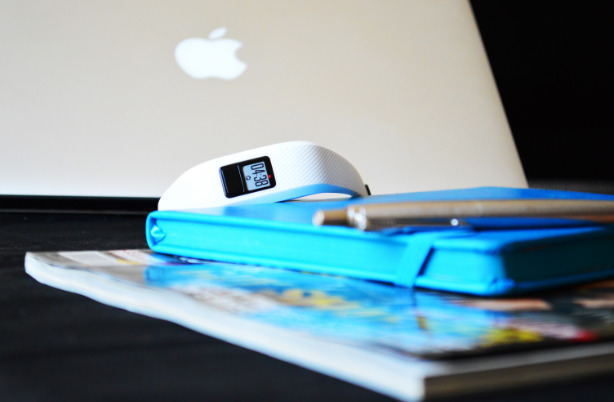To Embrace or Reject: The Wearable Tech Divide
Wearable technology like FitBit and FuelBand and have split American consumers into two camps: enthusiasts and rejectors. A recent mindswarms study shows how their opinions differ dramatically on the role fitness tracking wearables should play in their lives.
Research Objective
Americans are united in their desire to connect with their bodies more, but are deeply divided about the role of wearable computing in that quest. We wanted to capture the relationship people have with their wearable fitness devices—including both fans and rejectors of this technology— and compare their attitudes.
Target Audience
National US sample
13 states
23 cities
Ages 18 – 66
Even male/female
ratio Mix of ethnicities and socioeconomic backgrounds
We Learned
One camp looks to wearables like FitBit or FuelBand as means to motivate themselves, to track their progress, and to heighten their awareness of the present moment.
For Fans
Wearables motivate, track, and heighten awareness of the present moment.
What I really like about my FitBit is that it makes me more aware of what I’m doing during the day, and it keeps me motivated to maybe take the steps over the escalator, or walk instead of take the subway…It makes me think about things a little bit more.
~ Elizabeth, 26, Massachusetts
(Uses Packed app & Moves app) “I never noticed how much I’d walk a day and it was good to see that and to keep aware of, oh -maybe I should walk more. The Packed app helps me to stay focused on my fitness goals.”
~ Caroline, 23, New Jersey
(Uses FitBit) „The more you know, the better you can be about changing things.”
~ Trey J.
For Rejectors
The other camp sees wearables as an unproven distraction, putting a barrier between them and their bodies, and limiting their quest to be more in-tune with themselves. Wearables are an unproven distraction that limit self-awareness.
What I really like about my FitBit is that it makes me more aware of what I’m doing during the day, and it keeps me motivated to maybe take the steps over the escalator, or walk instead of take the subway…It makes me think about things a little bit more.
~ Elizabeth, 26, Massachusetts
I’m not sure if it has real benefits for me. When I am being physically active or exercising (whether I’m by myself or with friends), I want to feel fully present.
I want to feel fully engaged, and I want to feel connected to my body… I think if I was wearinga gadget, I would be distracted.~ Phoenix, 50, California
One of my biggest criticisms is that it has the potential to undermine your own innate sense of your body and what you need, being able to use your own internal trackers.
~ Alice, 27, San Francisco

I like working out, and to have something that feels like unplugging, off of screen, no gadgets, relaxing, pure nature…
I like to keep it low-tech and away from the computers and gadgets that I spend so much of my life on.~ Margaret W.
Fans see wearables as a companion in their journey – they refer to them in human terms.
I’m a big girl, but I chose to workout to be there for my daughter… It’s changed my life, because it’s given me numbers plus results… It’s a great assistant.~ Kimberly P.
I like my FuelBand because I feel like I get a more accurate idea of my strength when I work-out. I feel like I get a better workout…
I push myself knowing that I’m actually being recorded… It’s kind of like having brother watching you.~ Lisa S.
[My] Nike+ SportWatch GPS is an indispensable tool for keeping all my running goals and activity charted and logged.
What’s great is that it gives me feedback on my running, congratulates me, provides me with words of encouragement.~ Shawn H.
Conclusions & Implications
- While based on our study of consumer relationships with fitness-tracking wearables, the conclusions below may be extrapolated to the expanding range of wearable technology.
- Wearable fans and rejectors share the common goal of wanting to be more connected to their bodies and the moment, yet have polar opposite opinions about the role of computing in that journey.
- The wearables audience segmentation appears binary at the moment: people are clearly in one camp or the other, with no shades of grey in between.
- Wearables have the ability to be welcomed into consumers’ personal space. And, surprisingly, in an era of fear of Big Brother, there doesn’t appear to be any fear about the misuse or abuse of that information amongst fans.
- The fact that wearables are beginning to be described in very human terms may mean people are emotionally ready to accept computers as a genuine relationship partner versus just a pure tech tool.
- There may be tension building between those who embrace wearables as an extension of the themselves, and those who continue to see wearables as an enemy of human instinct.